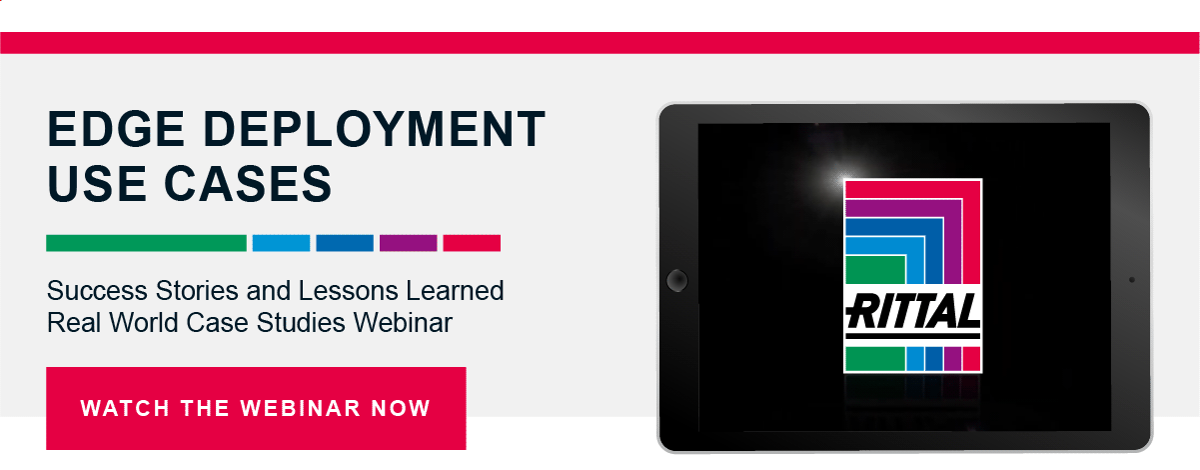
Computers are fast. That is not a news flash, I know. Yet, today’s immense data demands and AI workloads require even faster performance.
Welcome to Edge computing: designed infrastructure placed where data is generated and immediate action needs to be taken. This creates instant assets — such as images or streaming video from the manufacturing floor — processed in real time, allowing for more insightful reporting.
Not only do Edge capabilities elevate monitoring to new levels, they offer complete control of processes and applications: full automation, improved efficiencies, accurate data for maintenance, and rapid response for component replacement. And that is just a start! This article explores many reasons Edge computing should be on your radar.
A quick note: Do not for a second think that Edge computing solely impacts manufacturing; it drives autonomous vehicles and traffic control systems, localizes critical healthcare data processing, inspires retail stores’ data-driven decisions...and so much more.
How Edge Computing Works
Massive amounts of data are being generated by everything Industry 4.0 and the Internet of Things (IoT): automated financial transactions, AI, augmented reality, 5G systems, mobile streaming, and on and on. Data needs to be captured, categorized, stored, and made accessible so that real-time actions can result. To accomplish this, Edge computing brings technology as physically close to the devices as possible.
It only requires a small space to contain the same components found in an enterprise or traditional data center: compute, storage and network appliances plus power, cooling, and monitoring. The Edge deployment is self-contained and modular and can be found in an environment that was never meant to be an IT space, which typically adds to the challenge.
Maximizing Productivity is Priority #1, Yet There Are Many More
Locally processing significant amounts of generated data opens possibilities that are unreachable without using Edge computing. So many of those possibilities ultimately drive productivity for companies within many industries by:
- decreasing latency
- reducing bandwidth strain
- providing real-time data analysis
- improving monitoring of production
- ensuring availability
- offering predictive maintenance
- boosting asset management
- creating more reliable security systems
In addition to productivity gains, the other benefits of deploying an Edge data center are priorities for more and more organizations.
Deployment Speed/Cost — 18-24 months or 3-5 months? That’s the typical difference between a traditional versus an Edge deployment. When building a static data center is too expensive, look to an Edge installation, which can cost 20-30% less to build than a traditional IT space. Not making costly infrastructure changes also saves time and money.
Deployment Ease — Edge installations fit in spaces that demand a small footprint and can be pre-assembled prior to delivery with specified accessories. Edge systems can be designed to be grouped together, if space allows, or can be spread out among many uncontrolled or remote locations.
Self-Contained/Scalability — The right IT cabinets allow Edge installations to be configured to accommodate various components — uninterruptible power supply, climate control equipment, fire suppression systems, monitoring systems, batteries — even if equipment operates on different power feeds. With the right planning, these deployments become virtually future-proof.
Repeatability — Many organizations with Edge-level needs require an IT presence at multiple sites and, usually, speed of deployment is critical. IT cabinet manufacturers with a strong supply chain and a global presence support the roll out of reliable, pre-built Edge solutions of consistent quality. One after the other, the same fully integrated IT cabinets loaded with the same IT equipment can be rolled into awaiting environments.
Customizing Edge Deployments
The term “Edge computing” can mean different things to different companies and industries. Processing, storage, and shareability of huge amounts of patient data is key to a healthcare organization. A smart factory, on the other hand, may need sensors in machines to process data and communicate with each other in real time.
When it comes to different types of deployments, an Edge computing partner should be comfortable with customization and providing advanced, pre-engineered solutions, including all necessary infrastructure and management capabilities (from design to implementation).
Ask these questions before choosing a manufacturer:
- “Do you have a consulting team?” Creating a design and installing a platform requires numerous experts who will keep you connected throughout the process
- “Describe your approach to consultation?” There is no way to develop the right plan without asking the right questions and having a clear understanding of the big picture
- “Can you tell me about your project management group?” Establishing and maintaining contact with mechanical, electrical, and general contractors is important. Managing those relationships across multiple deployments is critical
There’s nothing as insightful as learning lessons from real-life Edge deployments. Rittal’s exclusive 1-hour webinar, Edge Deployment Use Cases: Success Stories & Lessons Learned, moves beyond the theoretical and looks at actual deployments. Just click below to access the webinar.



